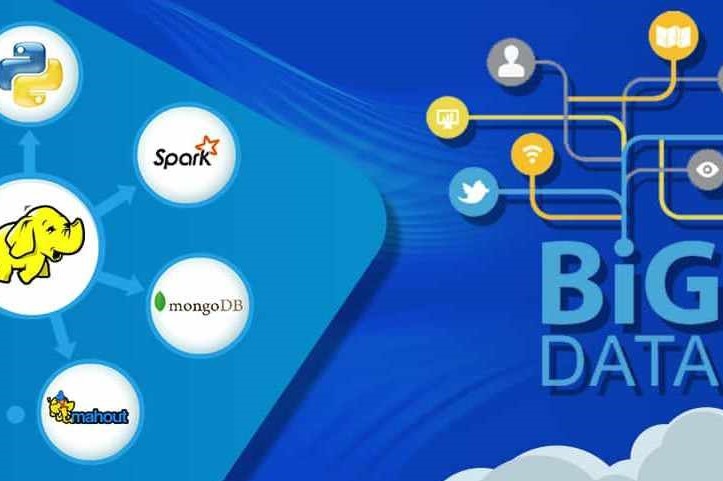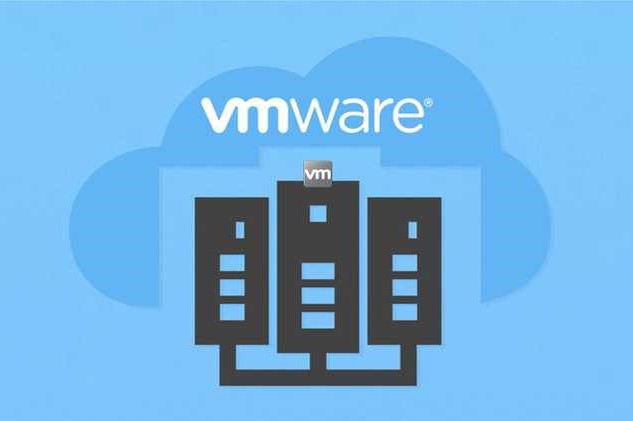Course Information
- Course Price $250
- Total Students 800+
- Course Duration 4 Weeks
Description
AWS, shortly known as Amazon Web Services, is one of the major cloud computing platforms. It is a newly developing cloud computing service that is driven by Amazon for simple data management. It is also used to deliver software, hardware and storage solutions through the Internet. Scalability, reliability, flexibility and security are the salient features of AWS. When you learn AWS from LETFIX you can rest assured that you are in pace with the industry trend. Eventually you will remain a proficient professional in the AWS platform.
Benefits
- The course assists the candidates in learning how to form an IT infrastructure with Amazon Web Services.
- It can also act as a major force in getting the best out of the AWS services.
Syllabus
Linux Fundamentals
- Installation, Package Selection
- Anatomy of a Kickstart File, Command line
- Introduction to Bash Shell
- System Initialization, Starting the Boot Process: GRUB
- Configuring services to run at boot
- Securing single-user mode (SU login)
- Shutting down and rebooting the system
- RPM Package Manager, Installing and Removing Software, Updating a Kernel RPM
- Yum Command set, install packages by using yum
- Apt-get command set, Apt-cache package management
- Understanding different types of groups and creation of groups
- Creation of users in different groups
- Understanding Passwd, Shadow Files
- Understanding password aging
- Creation of quotas for users, groups and file systems
- Understanding user’s security files
- The different commands for Monitoring the users
- TROUBLESHOOTING
- Automation of jobs – Cron, at
- Understanding the different types of run-levels
- Understanding different types of shutdown commands
- Understanding run control scripts
- Understanding the different types
- FTP
- DHCP
- DNS
- Apache
- Samba
- LVM
AWS Sysops Administrator Certification
- Introduction to Cloud Computing
- Why Cloud Computing?
- Benefits of Cloud Computing
- Types of Cloud Computing
- Public Cloud
- Private Cloud
- Hybrid Cloud
- Community Cloud
- Software as a Service
- Platform as a Service
- Horizontal vs vertical scaling
- Cloud Computing Issues
- Security
- Costing Model
- Virtualization and cloud computing
- Types of virtualization
- Virtualization terminologies
- Hypervisor
- Benefits
- Vendors
- Introduction to AWS Elastic computing
- Introduction to the AWS products
- Regions and Availability Zones
- Signing up for AWS
- AWS Free usage tier
- Introduction AWS management console
- Understanding AMI
- Launching your first AWS instance
- On-demand Instance pricing
- Reserved Instance pricing
- Spot instance pricing
- Setting up security
- Security groups
- Choosing & Creating a new AMI
- Public and Private IP’s
- Deploying a new instance from the created AMI
- Key Pairs
- Elastic IP’s
- Introduction to Scaling
- ELB (Elastic Load Balancer)
- Components and types of load balancing
- Get Started with Auto Scaling Using the Console
- Maintain a Fixed Number of Running EC2 Instances
- Dynamic Scaling
- The lifecycle of autoscaling
- Policies of autoscaling
- Create EBS volumes
- Delete EBS Volumes
- Attach and detach EBS volumes
- Mounting and unmounting EBS volume
- Creating and deleting snapshots
- Creating volumes from snapshots S3(Simple Storage Service)
- S3 durability and redundancy
- S3 Buckets
- S3 Uploading Downloading
- S3 Permissions
- S3 Object Versioning
- S3 Lifecycle Policies
- Storage Gateway
- Import Export
- S3 Transfer Acceleration
- Glacier storage
- Use of cloud front
- Creating a cloud front distribution
- Hosting a website of cloud front distribution
- Implementing restrictions
- Configuring origins and behaviours
- Creating Zones
- Hosting a website
- Understanding routing policies
- Weighted simple and failover policies
- Creating Users and Groups
- Applying policies
- Password Policy
- Roles
- Security Practices for Cloud Deployment
- AWS Responsibilities and Securities
- Cloud Trail
- Trust advisor
- Introduction to Amazon Virtual Private Cloud (VPC)
- VPC Advantages
- Default and Non-default VPC
- Components of VPC
- Direct Connect
- Describe, create, and manage Amazon Virtual Private Cloud
- Amazon VPC, Private Subnet, and Public Subnet
- AWS Networking, Security Groups, and Network ACLs
- Configuration and management of VPN connectivity
- Subnet and Subnet Mask
- Introduction to RDS
- Different database services of AWS: Amazon RDS, DynamoDB, Redshift etc.
- Configuring the database
- Configuring backups
- Configuring the maintenance windows
- Connecting to the database
- Creating a dynamo dB
- Configuring alarms
- Adding data manually
- Cloud watch dashboard
- Configuring Monitoring services
- Setting thresholds
- Configuring actions
- Creating a cloud watch alarm
- Getting statistics for ec2 instances
- Monitoring other AWS services
- Configuring Notifications
- Integrating cloud watch with Autoscaling
- Cloud Trail
- What is SNS
- Creating a topic
- Create subscription
- Subscribed to the subscription
- SQS
- SES
- Lambda and Elastic Beanstalk
- Troubleshooting EC2 instance
- Troubleshooting using Cloud watch
- Troubleshooting using ELB
- Troubleshooting by using Cloud trail
- Troubleshooting by using Cloud front
- How to manage Disaster Recovery and Backups
- Best Practice for DR and Backups
- AWS High Availability Design
- AWS Best Practices (Cost +Security)
- AWS Calculator & Consolidated Billing
- An understanding of DevOps and the modern DevOps toolsets
- The ability to automate all aspects of a modern code delivery and deployment pipeline using:
- Source code management tools – CVS, Git
- Build tools – Apache Ant, Maven
- Test automation tools – JUnit
- Continuous Integration Tools – Jenkins, Team city
- Configuration management tools – Chef, Puppet, Ansible
- Monitoring tools – Nagios




